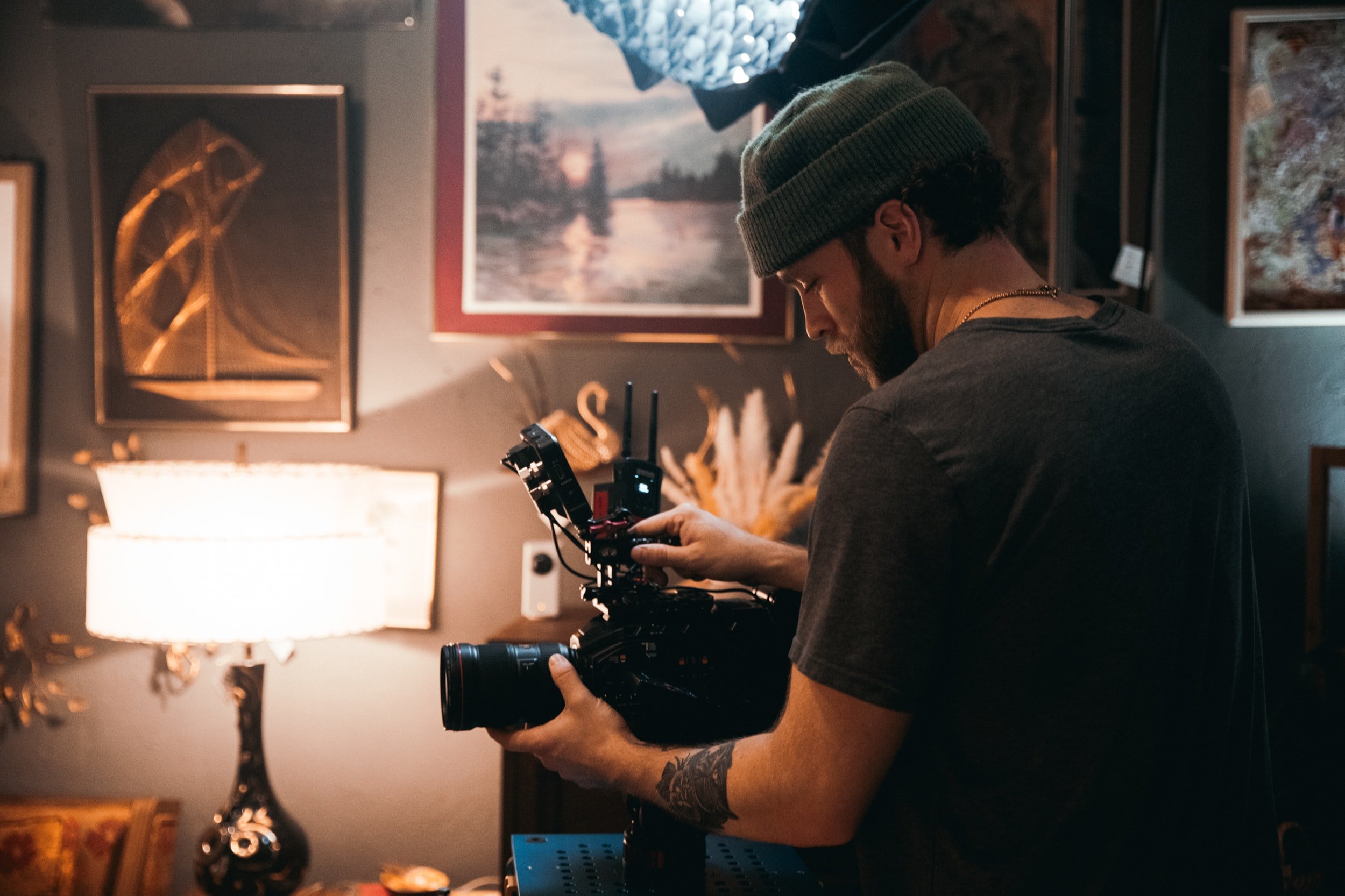Planning a Mini-Documentary
The idea of documentaries.
When I was kid my dad filled my mind with the thought of interviews, mysteries, and the typical voice over that come with documentaries. Years later, I am embarking on a documentary of my own. Before I begin rolling the camera and filming I have been in preparation.
Also known as a personal profile, the first step to making a documentary is finding a subject or topic. Think about interesting. A character with lots of layers. The documentary will slowly peel away the layers to show the personality of the person. It’s nice to be comfortable with the person, especially if its your first time interviewing, but if you want a challenge, or are interested in someone or something you don’t know directly, jump in and make a connection. However, a personal profile doesn’t have to be centered on a person directly, it can be all about an event, place, or different perspective. Usually, a specific person is chosen and the events, place, and perspectives to accompany the documentary and give depth to a story.
After making contact with the subject of your documentary and receiving permission, ask for pictures or see if they have any film. B-roll will make the documentary interesting opposed to the character just talking the entire time. The visual aspect will connect what the subject is saying and make their story relevant to the viewer.
Questions are vital to shaping the story and really digging into what the character beliefs are. Posing as the detective will find unknown stories and create the backdrop for the viewers perspective of the character. Think of questions that can lead to thought and can trigger more questions. Try to avoid questions that are simply a “yes” or “no” answer, unless absolutely necessary. Everyone has opinions, so try and not interject, and instead let the main character reveal theirs. Jot down as many questions as possible, depending on how long the personal profile is going to be. As a rule of thumb at least 25, because editing the best will come into play later, and make sure to ask that they restate the questions. More are always welcome, and try to get some background on the character before you write your questions or ask them. This can be done my a phone call or a visit. Email and use of the internet can sometimes feel impersonal.
Most importantly, remember that your personal profile/documentary is not about you. Its about exposing a person and letting the audience get to know them through stories, hobbies, and pictures that they show or tell. Keep the focus on the character at all times, or your documentary will look poorly shot. Also, the subject of your choosing is more than likely honored that you have selected them for your documentary, no matter on what level with video you’re working on, so make their experience enjoyable and train yourself to become a listener. Being a good listener is watching to see if your subject has already answered questions on your list with other questions.
Lastly, think of shots that will help the viewer be able to appropriately see the character's personality how you want to show them.
Now that I’ve chosen my main character, come up with a list of solid questions, and have acquired photos and ideas for b-roll, I’m ready to film.
Meet the Author, Melissa Prax
Melissa Prax is an active student and athlete. Her introduction to film and editing began when she took an Interactive Multimedia class at Grand Valley High School/ Ashtabula County Joint Vocational School. (See Grand Valley's Profile ) Her involvement in the class led to her election and win of SkillsUSA northeast Ohio regional president. Every few months she writes a student column for her local newspaper, The Star Beacon. After high school Melissa is looking forward to double major in broadcast journalism and nutrition.


